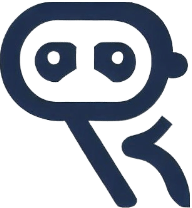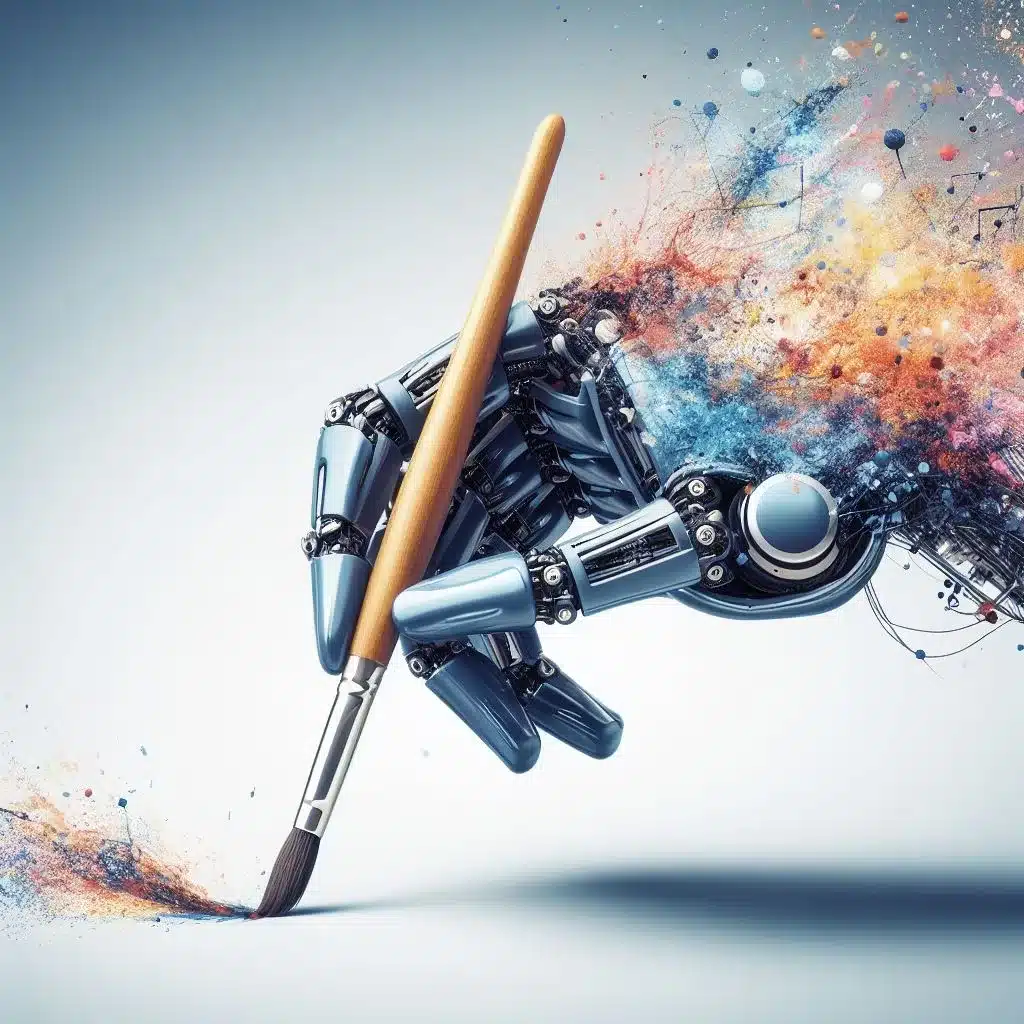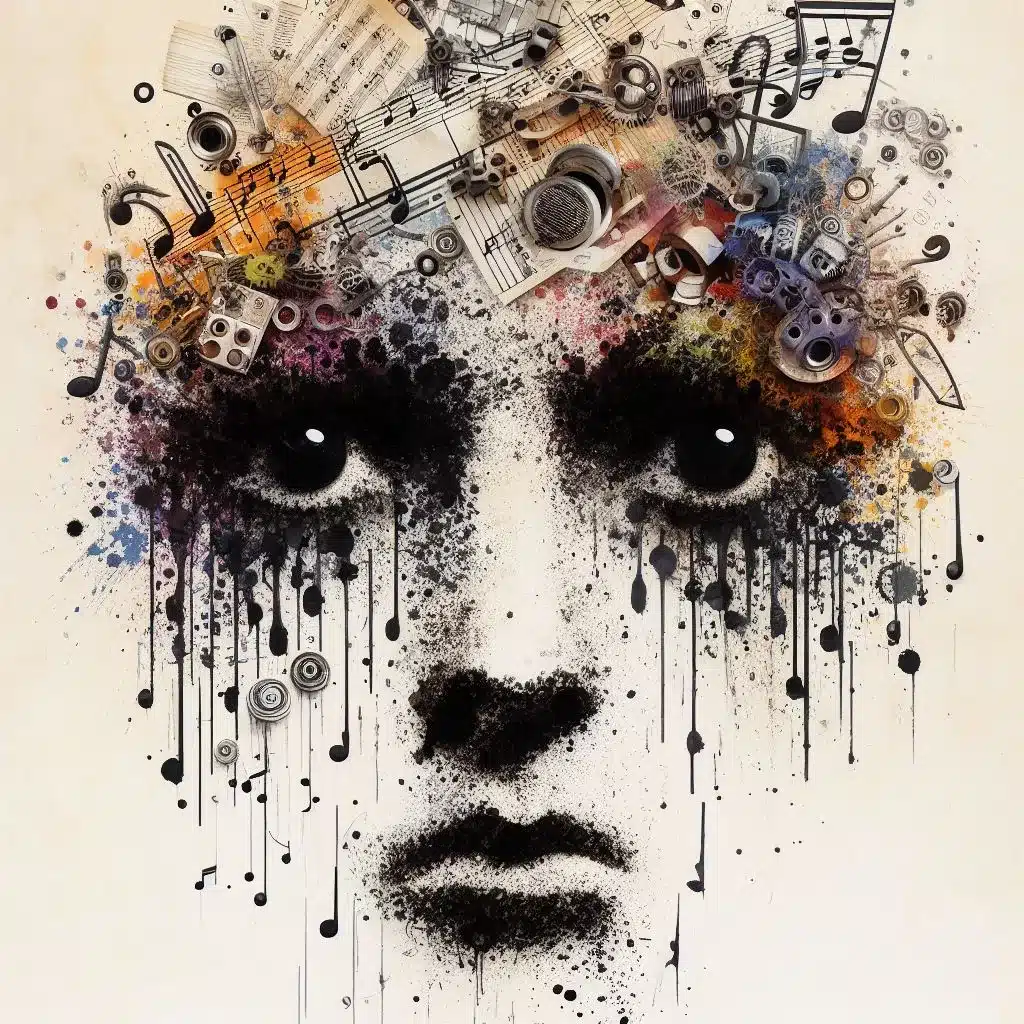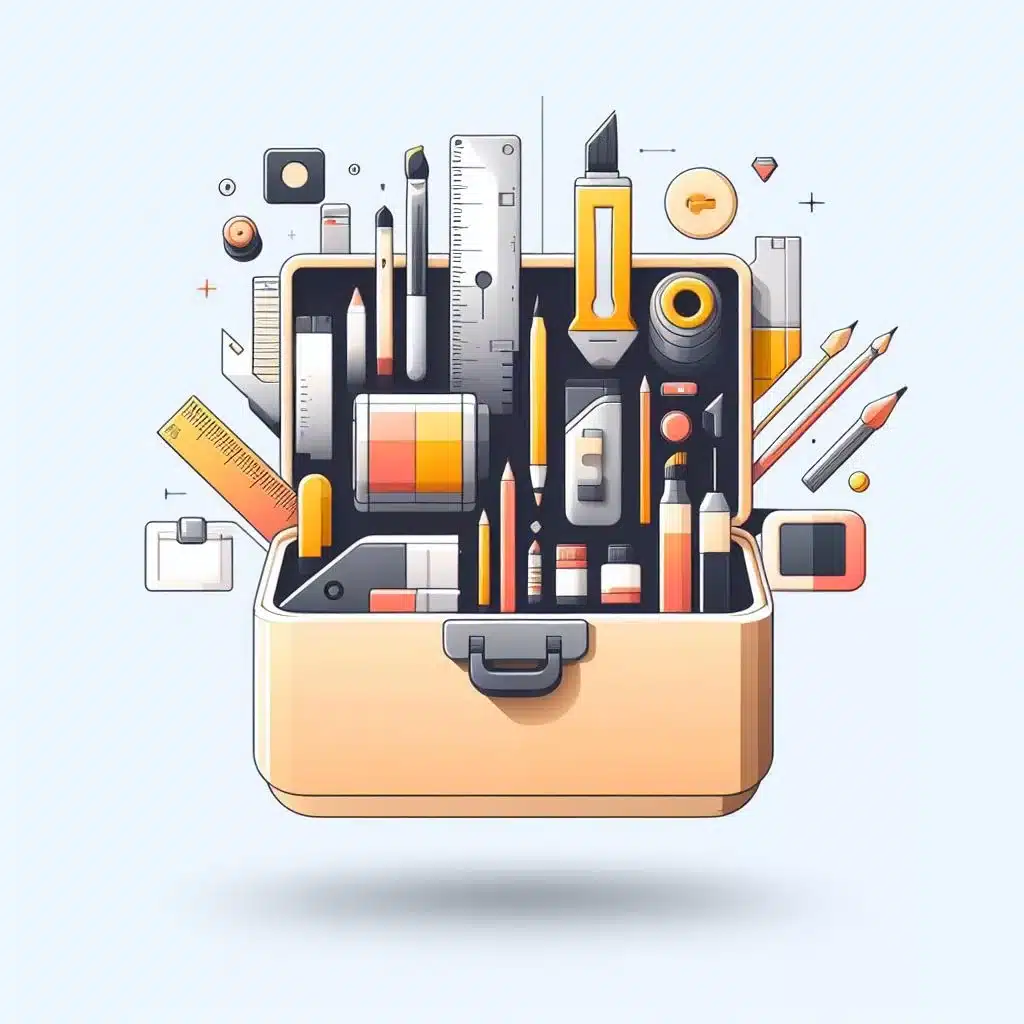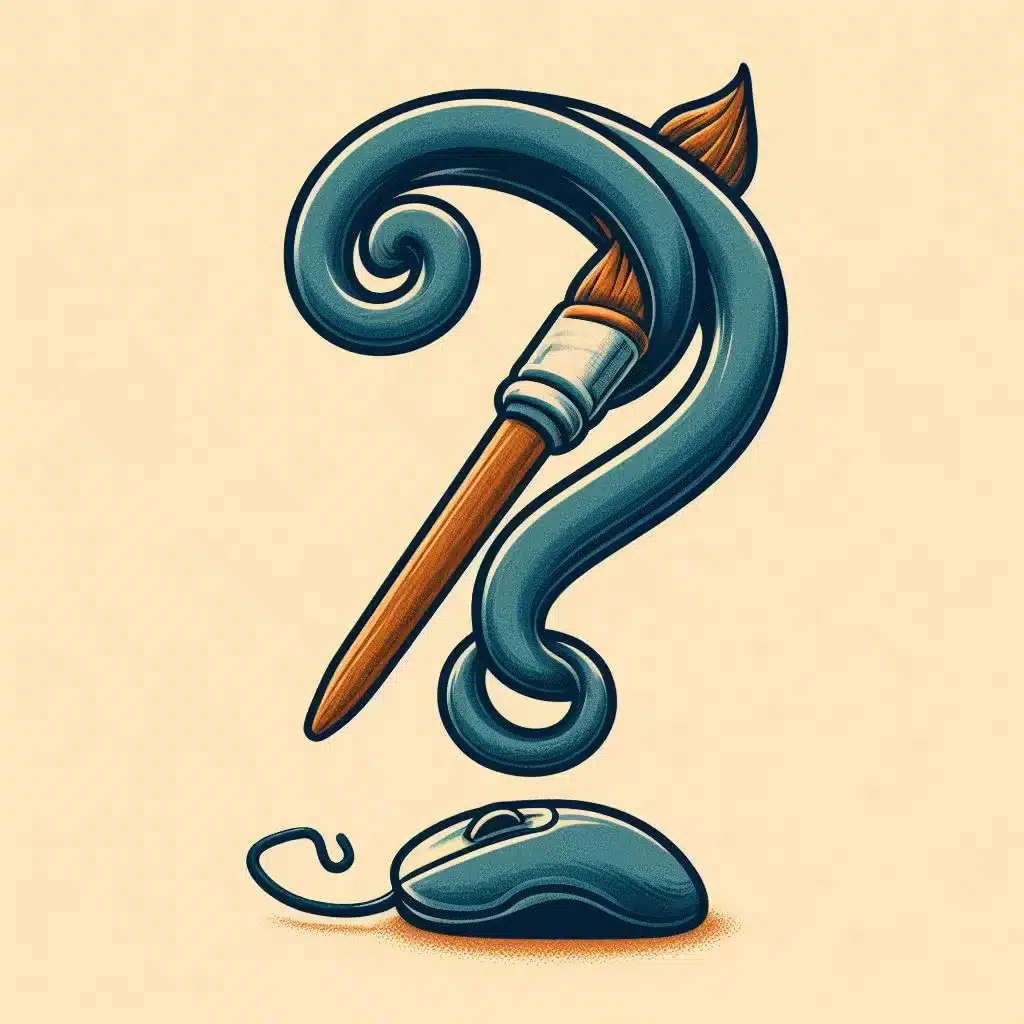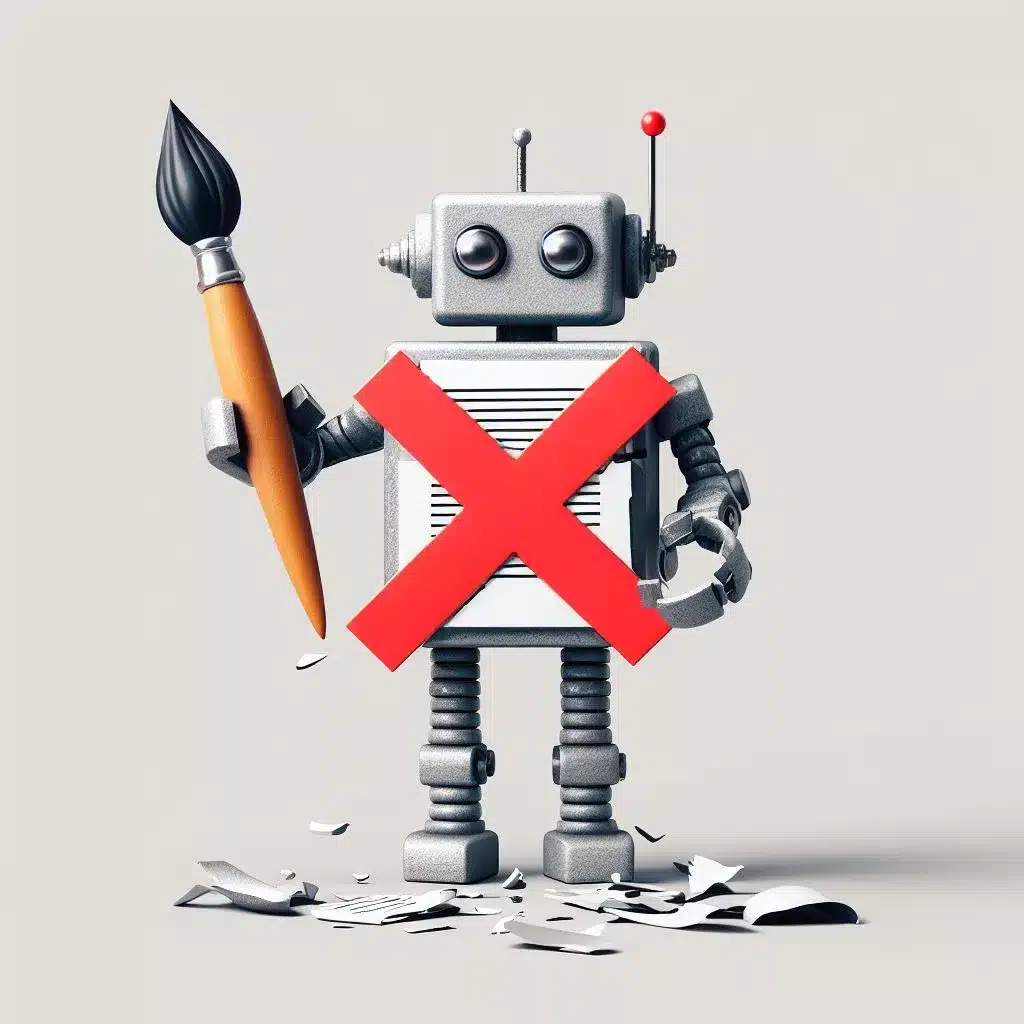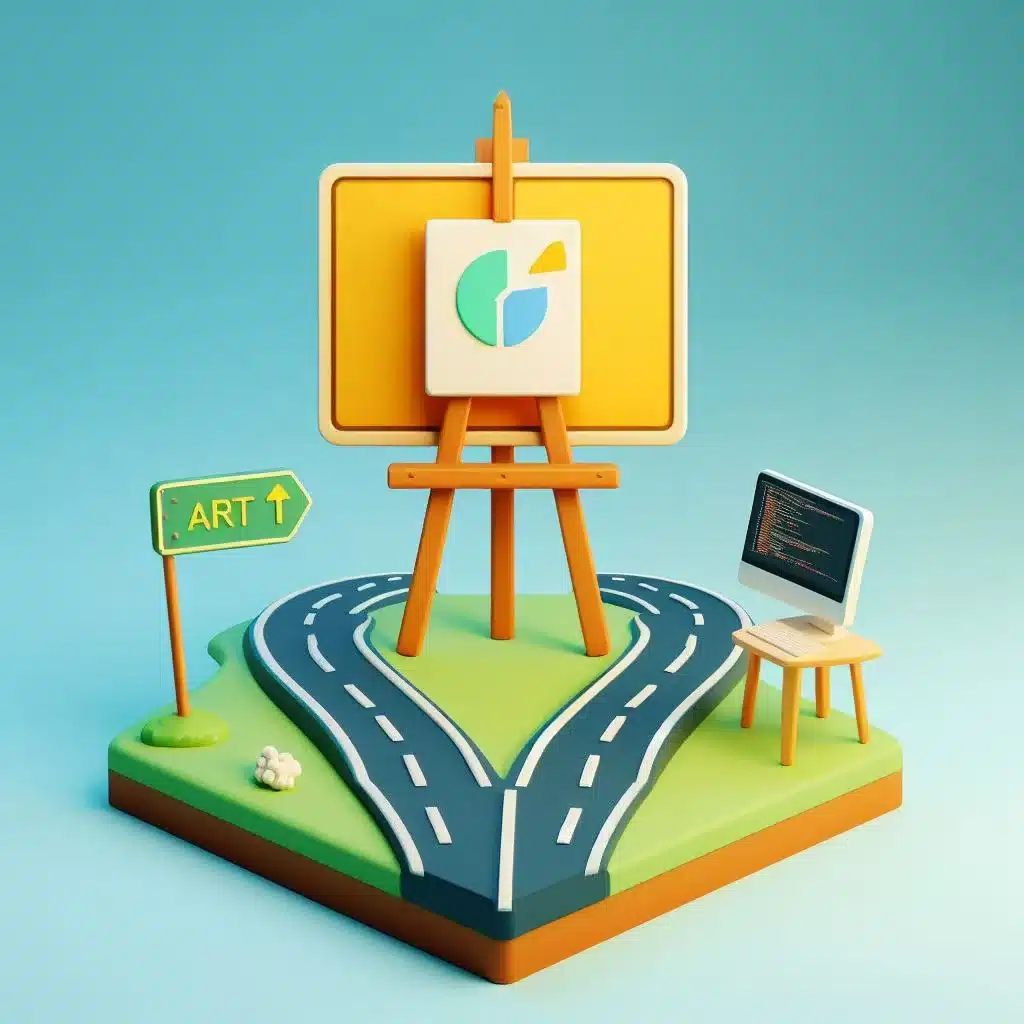AI Spells Trouble for Creatives but Here’s How to Adapt and Thrive
Picture a world where your paintbrush never runs out of color, your pen never dries up, and your guitar never goes out of tune.
Sounds like a dream, right?
Well, it’s not. It’s the reality we’re stepping into, thanks to Artificial Intelligence. But hold your horses! Before you jump on the AI bandwagon, there’s a flip side to this coin.
AI is not just a tool; it’s a double-edged sword that can cut both ways.
In this article, you’ll learn why AI is causing a stir in the creative industry, how it’s both an asset and a liability, and what you can do to adapt and thrive in this new landscape.
Benefits of Reading This Article:
- Understand the rise and impact of AI in creative fields.
- Gain insights into why some creatives are concerned.
- Learn how to use AI as a tool to enhance your creativity.
- Explore the ethical implications of using AI in your work.
- Discover real-life case studies where AI has gone awry.
The Rise of AI in Creative Fields
Let’s face it, AI is everywhere. From self-driving cars to chatbots that can hold a conversation, the AI wave is sweeping across industries, and the creative sector is no exception.
Whether it’s AI-generated art that’s indistinguishable from human-made pieces or algorithms that can write poetry, the creative world is undergoing a seismic shift.
But why is this happening? The answer is simple: efficiency. AI can do in seconds what might take a human hours or even days.
Imagine having a tool that can generate a melody for your next song or suggest edits for your manuscript in real-time.
That’s the power of AI. It’s like having a personal assistant who never sleeps, never complains, and—most importantly—never asks for a raise.
However, this convenience comes at a cost. While AI can handle the grunt work, it’s also raising questions about the value of human creativity.
Are we, as creatives, becoming obsolete?
Is AI going to replace us?
These are the questions that keep many of us up at night, and rightly so.
So, what’s the way forward?
The key is to see AI not as a replacement but as a supplement to human creativity.
Use it to take care of the mundane tasks that you’d rather not do, freeing up your time to focus on what really matters: creating something unique and meaningful.
Why Creatives Are Concerned
You know that feeling when you’re walking down a dark alley and you hear footsteps behind you? That’s how many creatives feel about AI—like it’s sneaking up on us, ready to pounce.
The fear is real, and it’s not just about losing jobs. It’s about the devaluation of human creativity, the essence of what makes us unique.
Let’s get one thing straight: AI is a marvel of human ingenuity. But it’s also a Pandora’s box that, once opened, could unleash consequences we’re not fully prepared for.
Imagine a world where AI-generated art floods the market, driving down the value of human-made art.
Or consider the impact on writers when algorithms can churn out articles, stories, and even novels in a fraction of the time it takes a human.
It’s not just about being replaced; it’s about being rendered irrelevant.
But wait, there’s a silver lining. The very thing that makes us human—our ability to think, feel, and create in ways that machines can’t—is our saving grace.
AI might be able to mimic creativity, but it can’t replicate the human touch. Our quirks, our flaws, and our unique perspectives are what set us apart.
So, instead of seeing AI as the enemy, why not view it as a challenge to up our game? To push our creative boundaries and prove that machines can’t replace human ingenuity.
The Counter-Argument: AI as a Tool for Creativity
Let’s switch gears for a moment.
Imagine you’re a carpenter, and someone hands you a new, state-of-the-art hammer. Would you toss your old one aside, or would you find a way to use both?
That’s the crux of the counter-argument: AI is not the enemy; it’s just another tool in our creative toolbox.
Think about it. AI can handle the tasks that are repetitive, time-consuming, and, let’s face it, downright boring.
Need to sort through thousands of photos to find the perfect shot? Let AI do it.
Want to test out different color schemes for your next design project? AI can handle that too.
The point is, AI can do the heavy lifting, freeing you up to focus on the creative aspects of your work.
But here’s the kicker: AI can also inspire us. Ever had writer’s block or hit a creative wall? AI can offer suggestions, generate ideas, and even provide a fresh perspective. It’s like having a creative partner who’s always there, ready to help when you’re stuck.
So, instead of fearing AI, why not embrace it? Use it to your advantage, and you’ll find it’s not a threat but an ally in your creative journey.
The Ethical Implications of AI in Creativity
Ah, ethics—the elephant in the room that no one wants to talk about. But let’s rip off the Band-Aid and dive right in, shall we?
When it comes to AI in creativity, the ethical waters are murky at best. We’re not just talking about plagiarism or copyright infringement; we’re venturing into uncharted territory where the lines between right and wrong are blurred.
Take AI-generated art, for instance. Who owns the rights to it? The programmer who created the algorithm? The artist who provided the initial input? Or does no one own it because, well, it’s machine-made?
These are questions that don’t have easy answers, but they’re questions we need to address.
And let’s not forget about the issue of originality. In a world where AI can generate content at the drop of a hat, what does it mean to be original?
Can a machine-generated poem ever be considered unique, or is it just a jumble of words strung together by an algorithm?
The debate is ongoing, but one thing is clear: we need to establish guidelines to navigate these ethical minefields.
Case Studies: When AI Went Wrong
If you think AI is infallible, think again. Even the most advanced algorithms can go haywire, and when they do, the results can be disastrous—or downright hilarious, depending on how you look at it.
Let’s take a trip down memory lane and revisit some instances where AI didn’t quite hit the mark.
Remember that AI-generated painting that sold for a whopping $432,500? Turns out, it was a fluke.
The algorithm had been trained on a dataset of classical art, and the result was a mishmash of styles that, while intriguing, lacked any real artistic merit. It was a wake-up call for the art world, highlighting the limitations of AI in creative endeavors.
And who could forget the AI-written screenplay that was more cringe-worthy than a B-grade horror flick? The dialogue was stilted, the plot was nonsensical, and the characters were as flat as a pancake. It was a stark reminder that while AI can mimic creativity, it can’t replicate the nuances that make a story compelling.
These case studies serve as cautionary tales, reminding us that AI is not a magic bullet. It has its limitations, and it’s up to us, as creatives, to recognize them and use AI responsibly.
The Future Outlook: Adapt or Perish
The writing’s on the wall, folks. AI is here to stay, and it’s making waves in the creative industry whether we like it or not.
So, what’s the game plan?
Simple: adapt or perish.
It might sound harsh, but that’s the reality we’re facing. The good news is, adapting doesn’t mean selling your soul to the machine; it means learning to coexist with it.
You see, the future isn’t as bleak as it seems. In fact, it’s brimming with opportunities for those willing to seize them.
Imagine collaborating with AI to create art that’s beyond human capability, or using machine learning to analyze consumer behavior and tailor your marketing strategies accordingly.
The possibilities are endless, but they require a shift in mindset.
So, how do you adapt?
Start by educating yourself. Learn the basics of AI and how it’s being used in your field. Experiment with different tools and platforms to see what works for you.
And most importantly, keep an open mind. The creative landscape is evolving, and so should you.
Final Thoughts
And there you have it—a whirlwind tour of the complex relationship between AI and creativity. It’s a lot to take in, but the key takeaway is this: AI is not the enemy; it’s a tool that, when used responsibly, can enhance our creative capabilities and open doors to new opportunities.
So, don’t let fear hold you back. Embrace the change, adapt, and you’ll find that the future is brighter than you think. After all, creativity is not about the tools we use, but how we use them. And in this brave new world of AI, the sky’s the limit.
Key Takeaways:
- AI is a double-edged sword that offers both opportunities and challenges.
- The fear of AI replacing human creativity is real, but it’s not insurmountable.
- Ethical considerations are crucial when using AI in creative work.
- Real-world examples show that AI is not infallible and has its limitations.
- The future is bright for those willing to adapt and embrace the changes.
